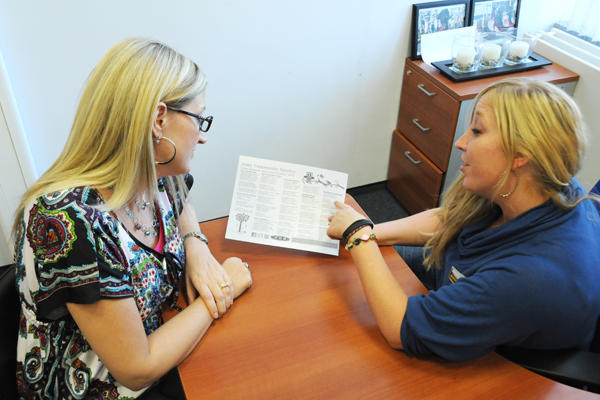Many employers successfully develop sourcing and hiring practices focused on military talent. They recognize the value, contribution and business returns of investing in a work force that served our country.
Employers are also realizing that onboarding is a critical opportunity to solidify the hiring decision, engrain the company values, and begin the leadership development process for all employees.
Onboarding military veteran employees, however, requires some modification to be successful. While the U.S. Department of Veterans Affairs offers a checklist for employers, I’d like to suggest five important onboarding best practices:
- Explain the company. Cultural norms, expectations, work and communication styles, special events and company history. Do employees on their new team show up at 8am or 8:30am? Do they go to lunch in the neighborhood? Are they social? How often does the team meet to collaborate? How did the company get started, who are the biggest competitors, where is the company headed? Answers to these questions help the new veteran hire orient themselves in the team and the organization.
Give the veteran employee a deep understanding of why the company matters. Veterans attach to values, mission, and purpose, and it is advisable to connect their work to the values of the company. - Pair the veteran with a mentor or buddy. If your company can identify veterans willing to sponsor new hires through the orientation, onboarding, and growth, great! If not, consider engaging civilian employees who have a passion for the veteran experience, and who can offer themselves as a guide and sounding board for the veteran employee who will likely have questions during their career at the company.
Mentors provide insight, support and resources to new hires. They often have unique insights into the company, job, and industry that gives the mentee the tools to troubleshoot challenges and take advantage of opportunities as they grow their career. - Encourage participation in your Veteran Resource Group (VRG). A veteran-focused affinity group is a tremendous way to elevate the employee experience for veterans. Introduce your new hire to the VRG soon after they arrive. Here, they will be exposed to likeminded professionals (former military service members, Guard and Reservists, and military spouses at the company), special promotions and offers, and events focused on building camaraderie inside the company.
Over time, your veteran employees will enjoy the relationships, learning, and tools your VRG hopefully offers them. Engagement in a VRG builds job satisfaction, enhances the overall employee experience, and encourages referrals. - Train your managers to work with veterans. It’s naïve to assume that your civilian managers will naturally know how to work with veterans, or have the skills to bring out the best value of your veteran employees. Veterans possess unique character qualities, skills, and work style. Empowering your managers with the tools to direct and collaborate with veterans is a smart investment.
Help your managers understand that veterans are trained to perform at high levels of accountability, are skilled at implementing against expectations, and often communicate very candidly. When your managers can support veteran employees in how they build relationships, direct their personal brand, and intentionally grow their career, the veteran employee adds more value to the organization. - Check in often. Remind your managers and internal teams that a veteran’s career experience was very different from their civilian one. For instance, during their military duties, they were trained to perform specific tasks and roles that worked in tandem with the work and roles of others. While they may have operated independently, the collaboration of the team is how missions are successfully accomplished. For a veteran employee, the idea of teamwork is deeply engrained, and may not translate to their civilian work literally.
Set regular check in meetings with your veteran employees. While your traditional onboarding might suggest a monthly meeting with civilian employees, consider increasing that for your veterans. If you find that it isn’t needed, back off the frequency. Best to err on the side of showing your veteran employees you are available and accessible to them as they navigate the differences and uniqueness of the civilian work environment.
These are a few of the best practices promoted by companies across the U.S. who successfully attract, retain, and grow veteran talent. Each effort must fit within the company culture, industry, and geography. Understanding that a veteran comes from a unique and defined culture and work style, and integrating this employee into your team, is a valuable effort!
About Lida Citroën
Lida Citroën, a branding expert based in Denver, has made a career of helping people and companies create new or enhanced identities. She is passionate about helping veterans learn how to compete for careers in the civilian sector. A TEDx Speaker, Lida presents her unique personal branding training programs across the U.S., at military installations and events, serves on the Board of Directors of NAVSO volunteers with ESGR, and has produced numerous programs and materials to help military veterans successfully transition after service. If you have a transition question Lida can help answer, email her at lida@lida360.com. She is also the author of the best selling book, "Your Next Mission: A personal branding guide for the military-to-civilian transition," available at www.YourNextMissionBook.com and on Amazon.





